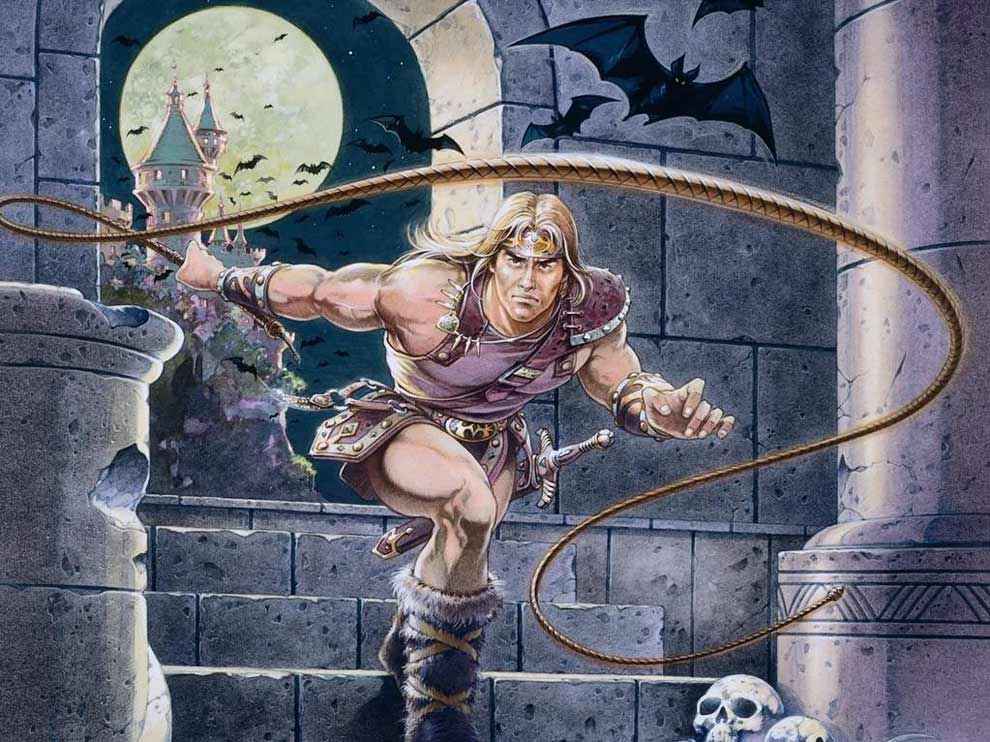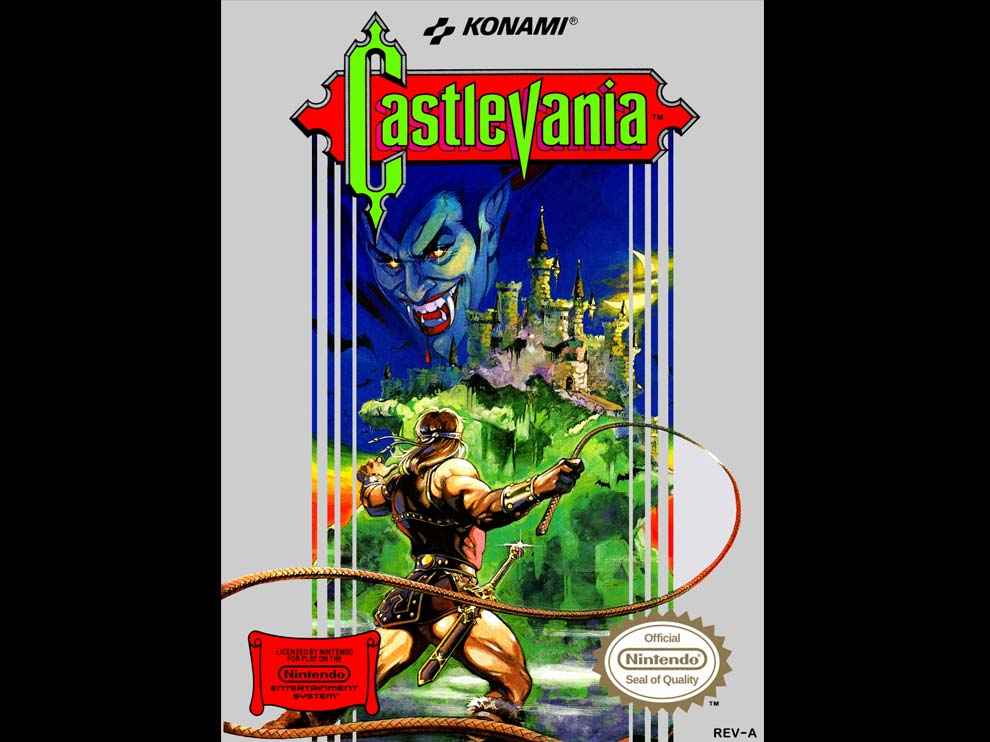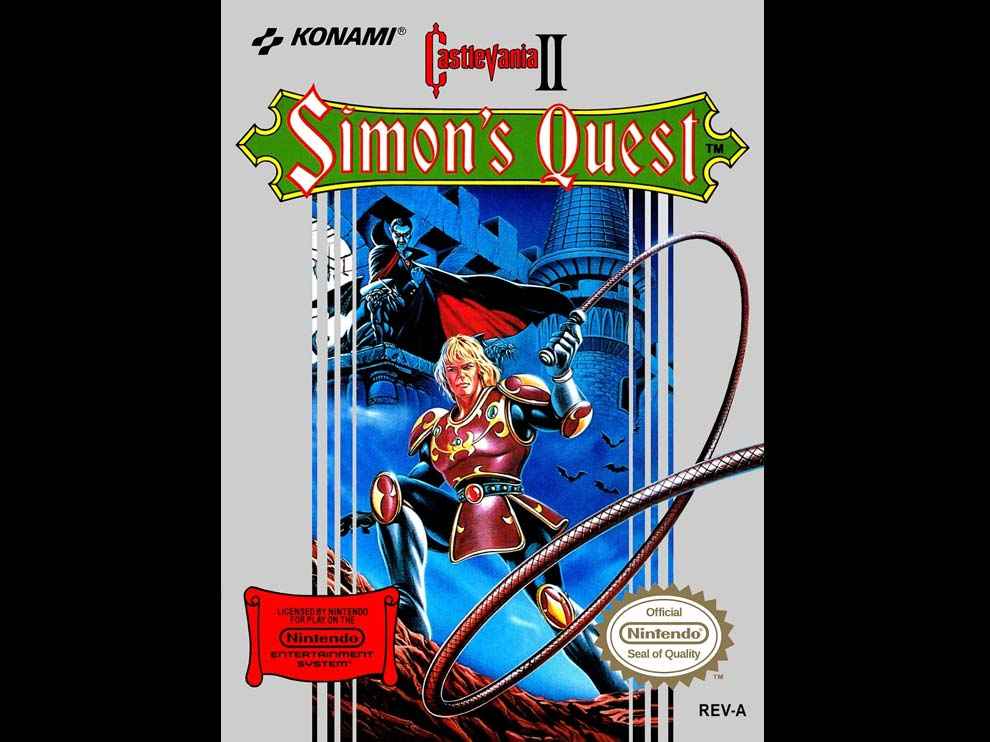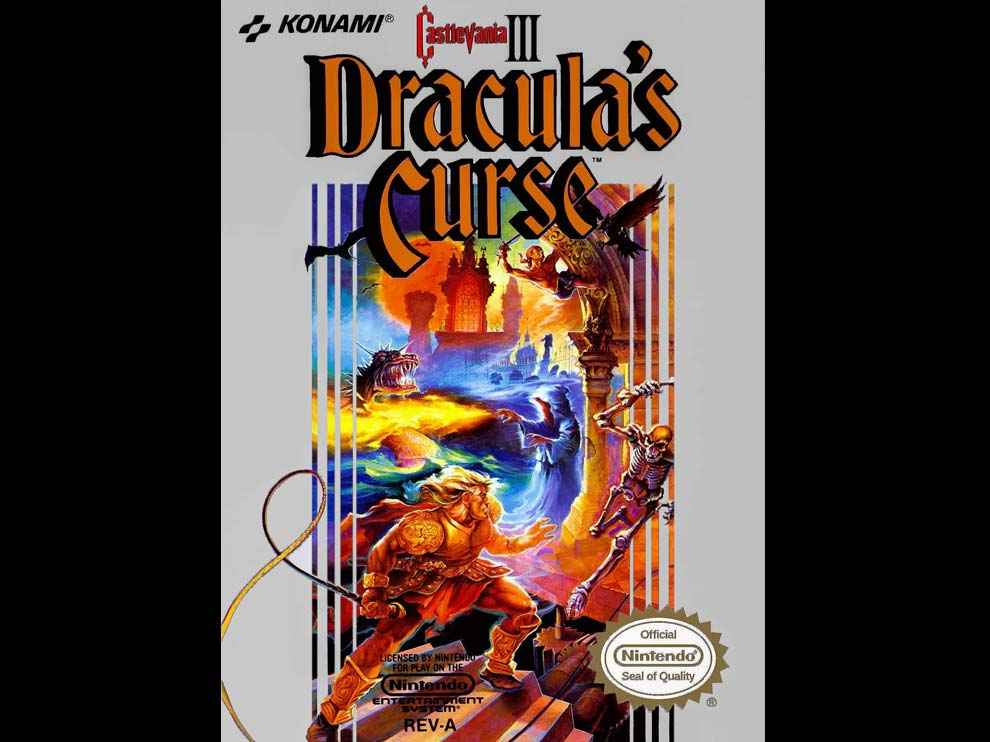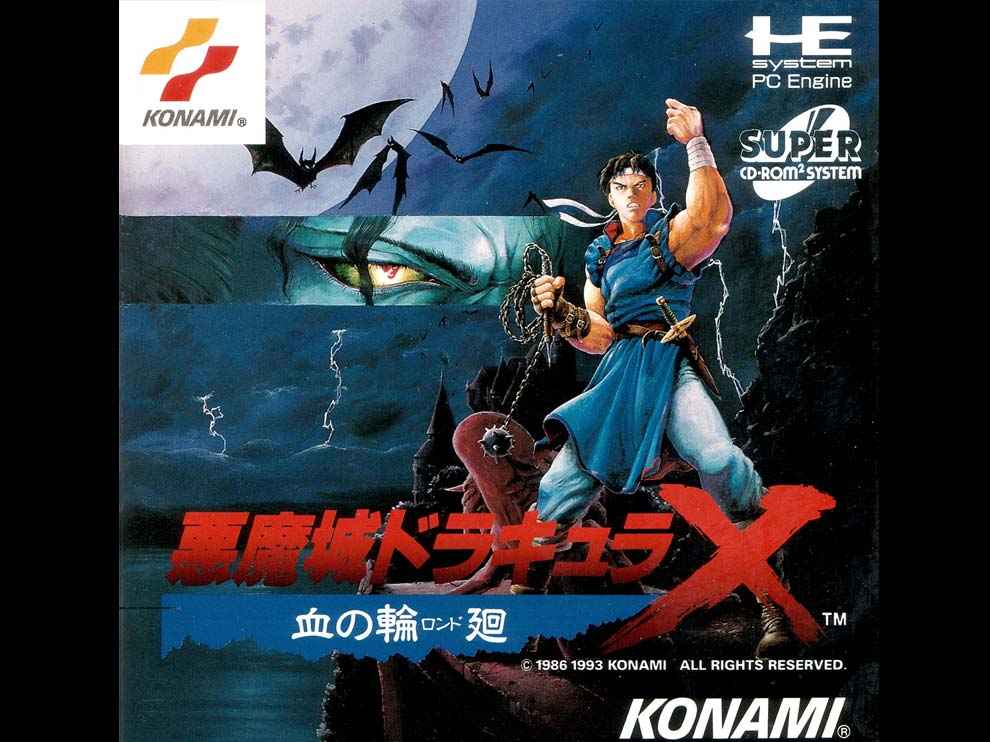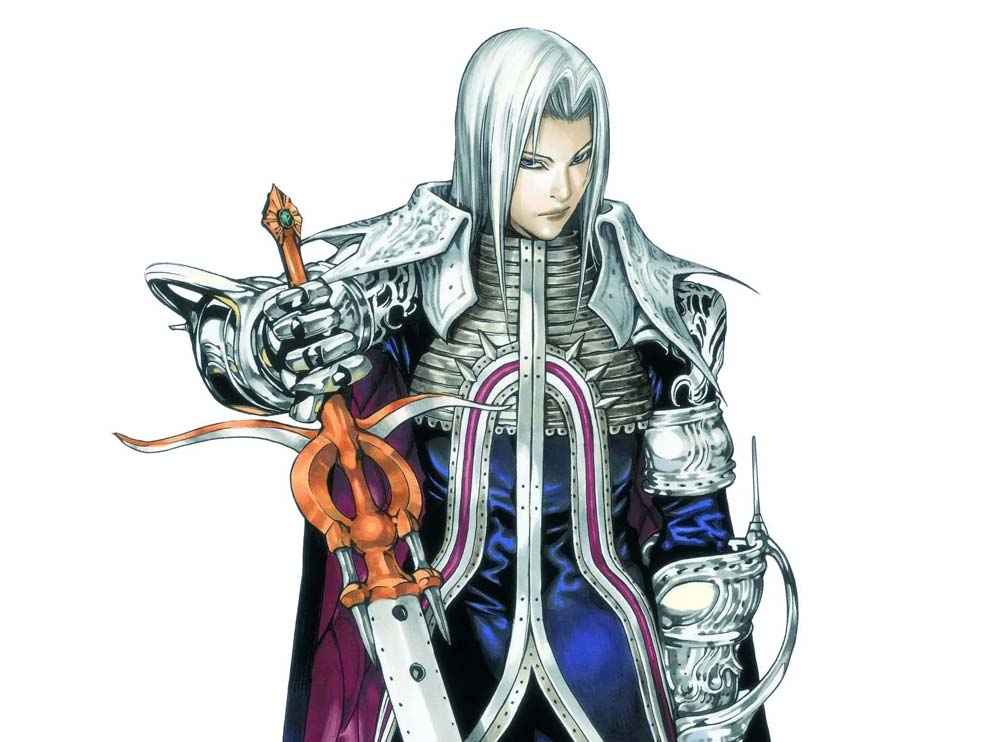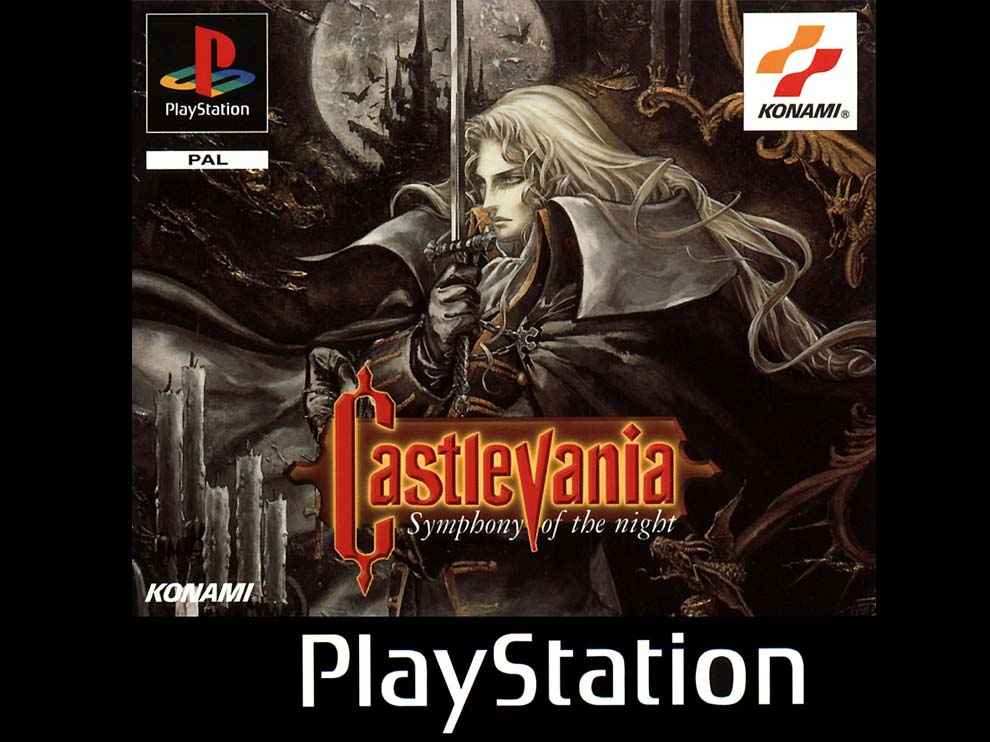The Castlevania franchise – Vampire killing is a family business
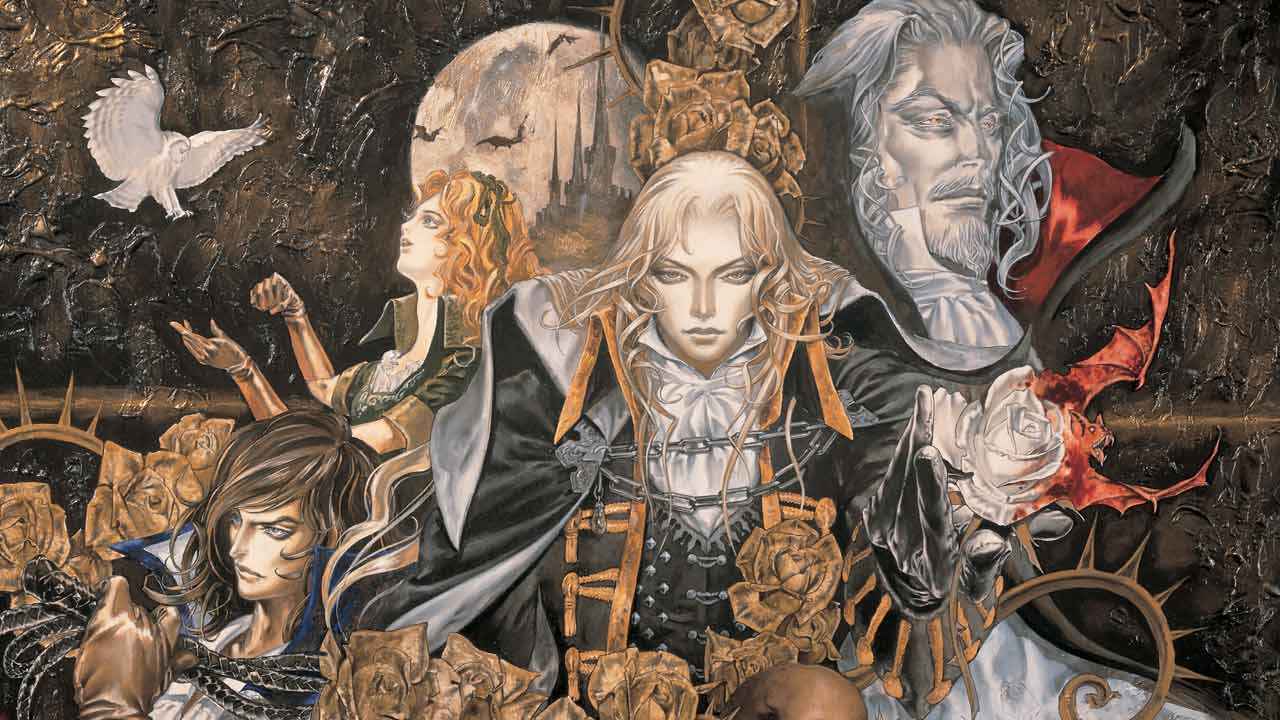
Only a few franchises have ever inspired an entire genre of games. Considering how few genres there are and how many game franchises exist, this is a pretty huge deal. You obviously know which franchise we're talking about, since it's in the title. Castlevania, along with Metroid, is considered to be one half of the inspiration for the popular Metroidvania genre. In case the name of the genre didn't already give that away. This is a franchise with a rich history, almost as rich as its antagonist, Count Dracula. So let's dive into one of the most iconic franchises of all time – Castlevania.
 Survey
SurveyKonami's Castlevania franchise has been around for more than 30 years and it is not only one of the longest running platformers of all time, but franchises in general. It is also credited with being one of the first franchises to successfully adopt RPG elements outside of RPGs. Something that's fairly common in today's modern gaming era. Additionally, it was one of the games that defined Nintendo's gaming console (the NES) back in the day. Specifically for being really hard.
Where did it all begin?
For 30 years, the Belmont family has been trying their level best to take down Count Dracula. Now this name, Belmont, is important. Why? Because only a Belmont can wield the iconic "Vampire Killer'', the family's ancestral whip. We don't think we need to explain what the whip is good at. Every Castlevania game to-date has a Belmont present in it, if not as the main character, as a supporting character. They really, really hate Dracula's guts.
In order to defeat Dracula, one has to first make their way through Castlevania, which is basically Dracula's demonic castle that's loaded up with all kinds of supernatural baddies. In most games, one has to make their way to the heart of the castle, where they can face the final boss, which is usually Dracula himself.
In case you were wondering where the name comes from, the original Japanese release was simply called Demon Castle Dracula, in the west, it was released as Castlevania. The reason we're guessing, has to do with the fact that it rhymed with Transylvania, which is considered the traditional home of Count Dracula. There's no mention of the word Castlevania in the series until 28 years after the release of the first game, where we find out that there's a city named Castlevania City that's built atop the ruins of Dracula's castle.
Now, there are over 30 games in the Castlevania franchise, including spin-offs, and it would take forever to cover them all, so we'll just take a look at the most prominent titles in the series. Starting with, the very first.
Castlevania 1986
In the very first Castlevania was released for the NES in 1986, players would take control of Simon Belmont, a descendant of the Belmont family. This was a classic side-scrolling platformer. You continued in one direction as the game threw enemies at you, getting progressively challenging – to be fair, things started challenging in Castlevania – as you neared the final boss. This is also the game that pretty much defined the aesthetic that we would come to expect from Castlevania games, with its mix of gothic and horror themes. Like we mentioned above, it would also become iconic for its difficulty and challenge.
The very same year that Castlevania released, Vampire Killer would release a month later on the MSX2, a computer platform. This would be the first Castlevania game to showcase Metroidvania elements, i.e., the ability to freely move within the castle. The difference between a classic platformer and a Metroidvania is that a Metroidvania is essentially an open-world 2D-sidescroller, where you can freely return to areas you've been to before. In traditional sidescrollers, you can only move forward and in a single direction, like in the Super Mario Bros for example.
Castlevania II: Simon's Quest
Castlevania 2, a direct sequel to the first Castlevania, also featuring Simon, would be the first to introduce RPG elements to the game. This would also now be a proper Metroidvania game, featuring a world that Simon could freely explore, including revisiting older areas. Furthermore, he could now visit stores, buy supplies and upgrade his equipment at various small towns. Of course, the biggest RPG element would be the introduction of a leveling system.
Castlevania III: Dracula's Curse
Released in 1989, Dracula's Curse saw the game return to its roots, with gameplay similar to the original Castlevania. Of course, a lot of the newer features that were introduced in part 2 still carried over. Castlevania III however also introduced alternative paths as a feature. This included new stages and even multiple playable characters. This is the first time Castlevania would feature optional stages, with easier and harder paths that you could choose. It would also be the first Castlevania to include non-Belmont playable characters. These playable characters would open up new ways to combat enemies and new ways to explore the now 3x larger castle of Count Dracula. Dracula's Curse is considered one of the all-time greats of the 8-bit era, and was the last Castlevania game to release for the NES.
Castlevania X Rondo of Blood and Bloodlines
1993's Castlevania X Rondo of Blood is considered by many purists to be one of the best Castlevania games of all time. It was released on Super CD, a "console" that never really released outside of Japan, making it extremely rare. Rondo of Blood is praised for surpassing the limits of what could have been expected from a side scrolling game. It also required a lot of skill on the players part, requiring players to know their character and their skillset to the T.
Castlevania Bloodlines would release a year after Rondo of Blood for the SEGA Genesis in 1994. Bloodlines is notable for introducing a second vampire hunter to the game, Eric Lecarde. The introduction of Eric Lacarde would open the door for more memorable characters in the future of the franchise, including one Alucard.
Castlevania: Symphony of the Night
The undisputed best Castlevania game for the majority of the franchise's fans, 1997's Castlevania: Symphony of the Night for the PlayStation took everything that was good about the series and improved it tenfold. It also featured far better graphics than any of the titles so far, of course in part due to the PlayStations superior hardware. Symphony of the Night managed to maintain the classic Castlevania look and playstyle, while also adding a lot more features to keep the game fresh. This included the addition of several RPG elements and systems, like inventory and equipment management, and leveling. This was a metroidvania in every sense of the word, allowing players to freely move back and forth between areas. Players were initially restricted to only few areas of the game, and had to meet certain objectives in order to further open up the world. These could be things like finding certain objects, unlocking new abilities to reach new places or boss fights. The overall difficulty of the game was toned down, but not so much that the challenge was nonexistent. Tight controls and smooth animations ensured that enjoyment was paramount throughout your playthrough.
Symphony of the Night also saw a change in the series' art direction. This was the first title to depart from the franchise's gothic horror aesthetic and went for a more elegant and aristocratic aesthetic, inspired by European Baroque art. It remains so to this day, save a few titles that were released in between.
Conclusion
Like we mentioned above, there are well over 30 titles in the Castlevania franchise. While we've gone over the more iconic titles, there are a few notable titles, like the Lords of Shadows reboot, that significantly changed gameplay. These titles, often clubbed together as "Modernvanias", depart from the 2D platformer style and adopt a more 3D, action-adventure approach, with fighting styles borrowed from the hack n slash genre. These games usually released to mixed reception, perhaps making it evident what the fans preferred. Afterall, the games did inspire an entire genre, they must have been doing something right.
Manish Rajesh
Manish can usually be found fervently playing video games of all kinds or… no wait he’s pretty much always playing games View Full Profile
